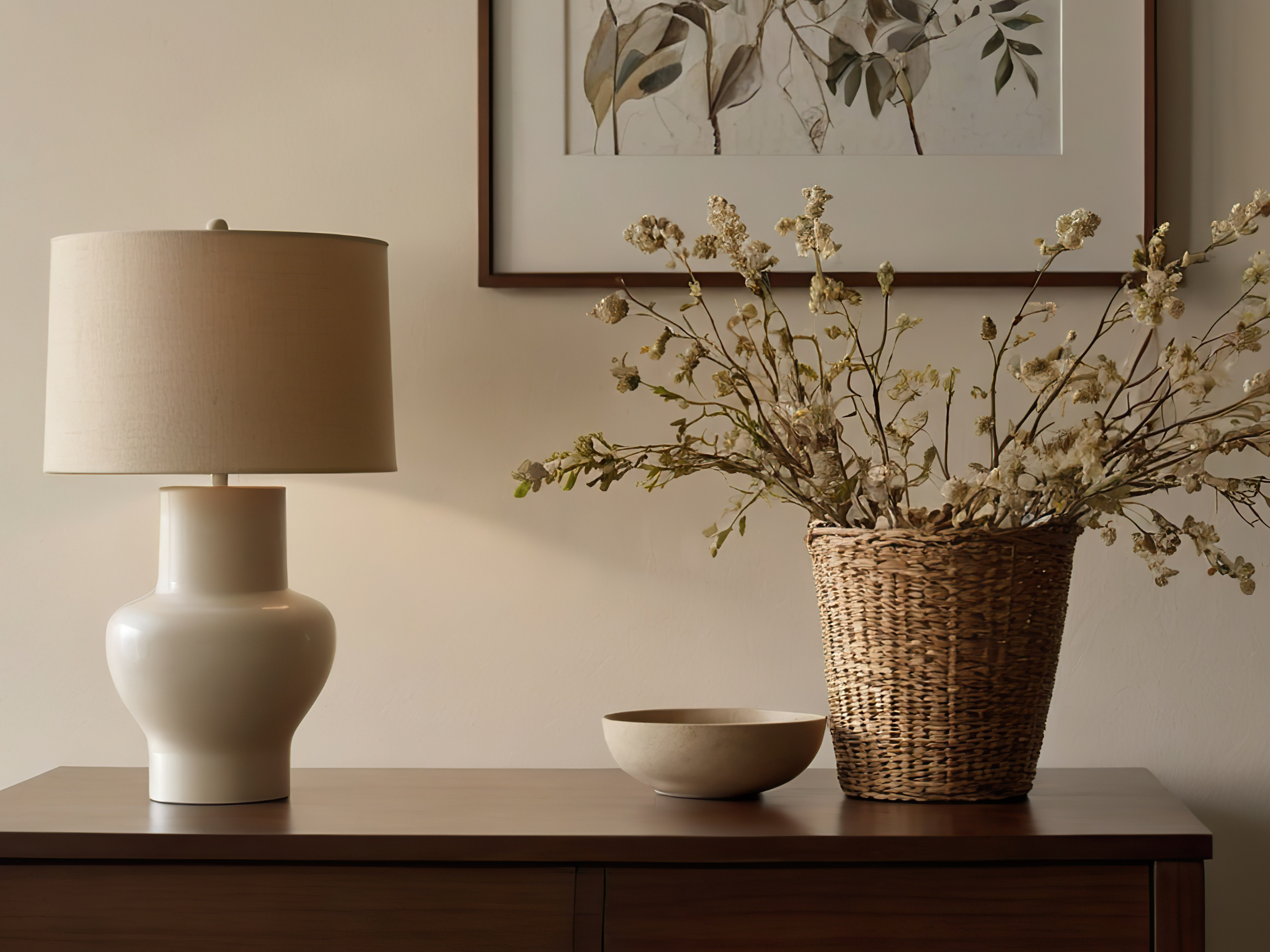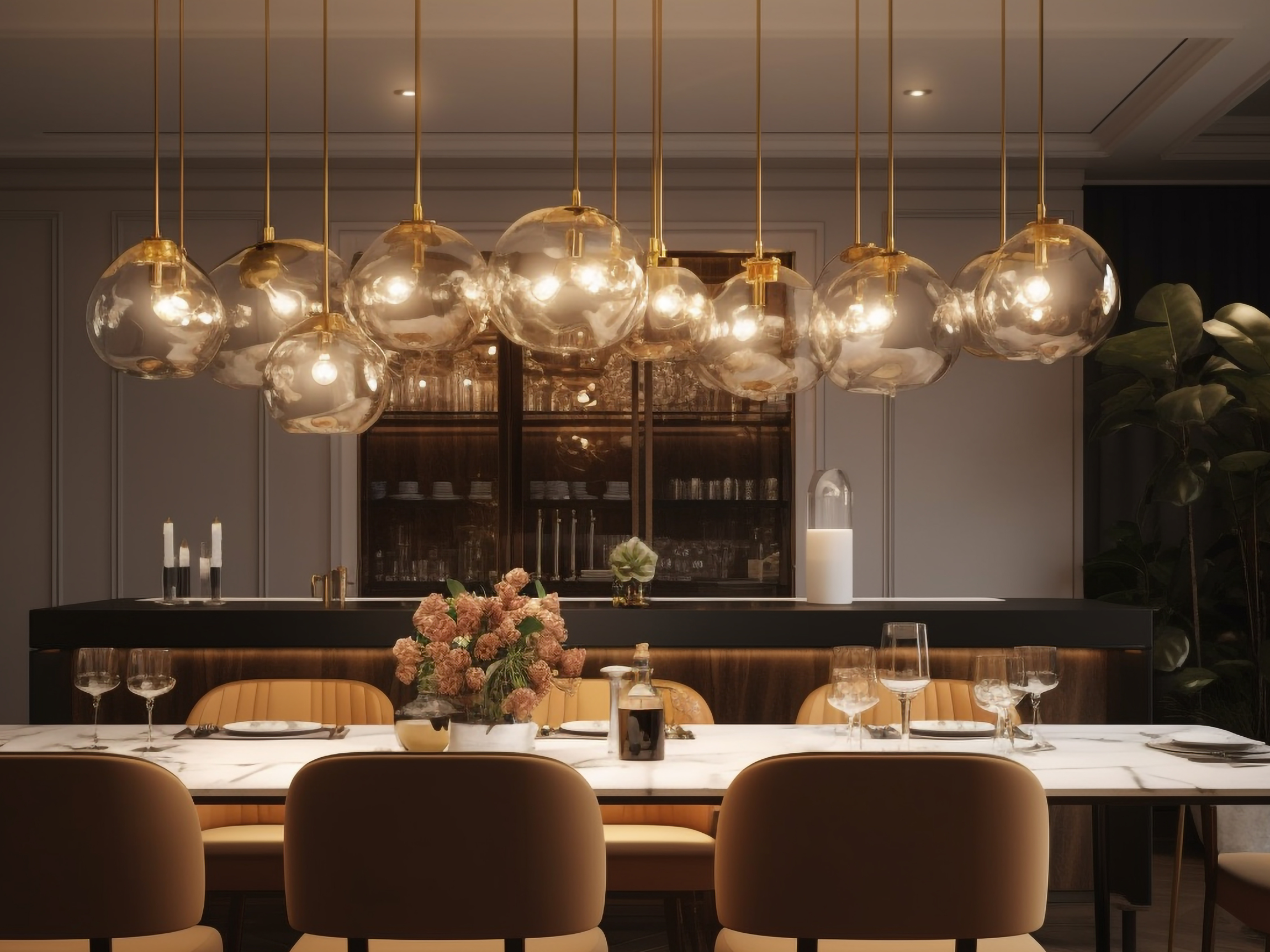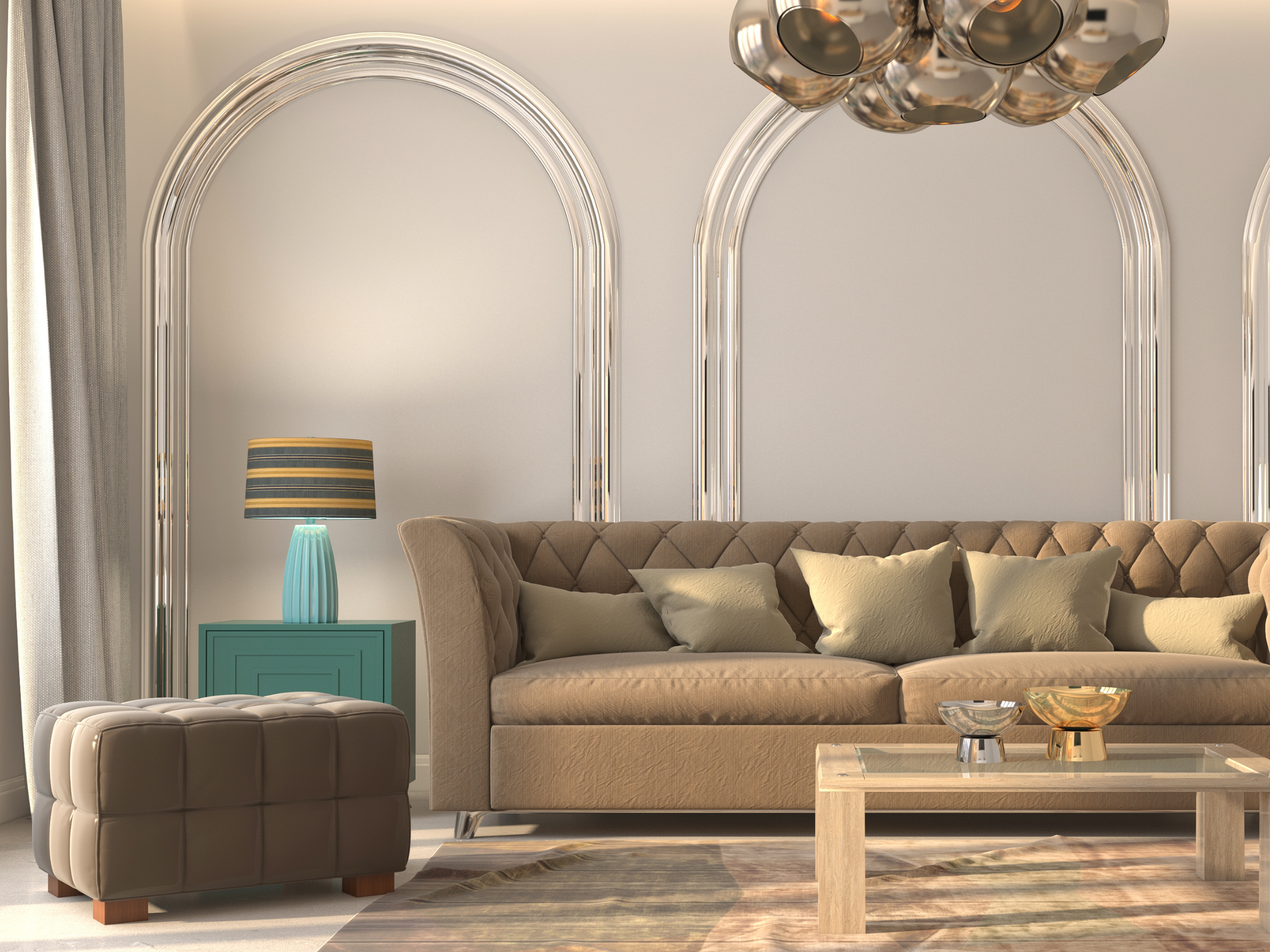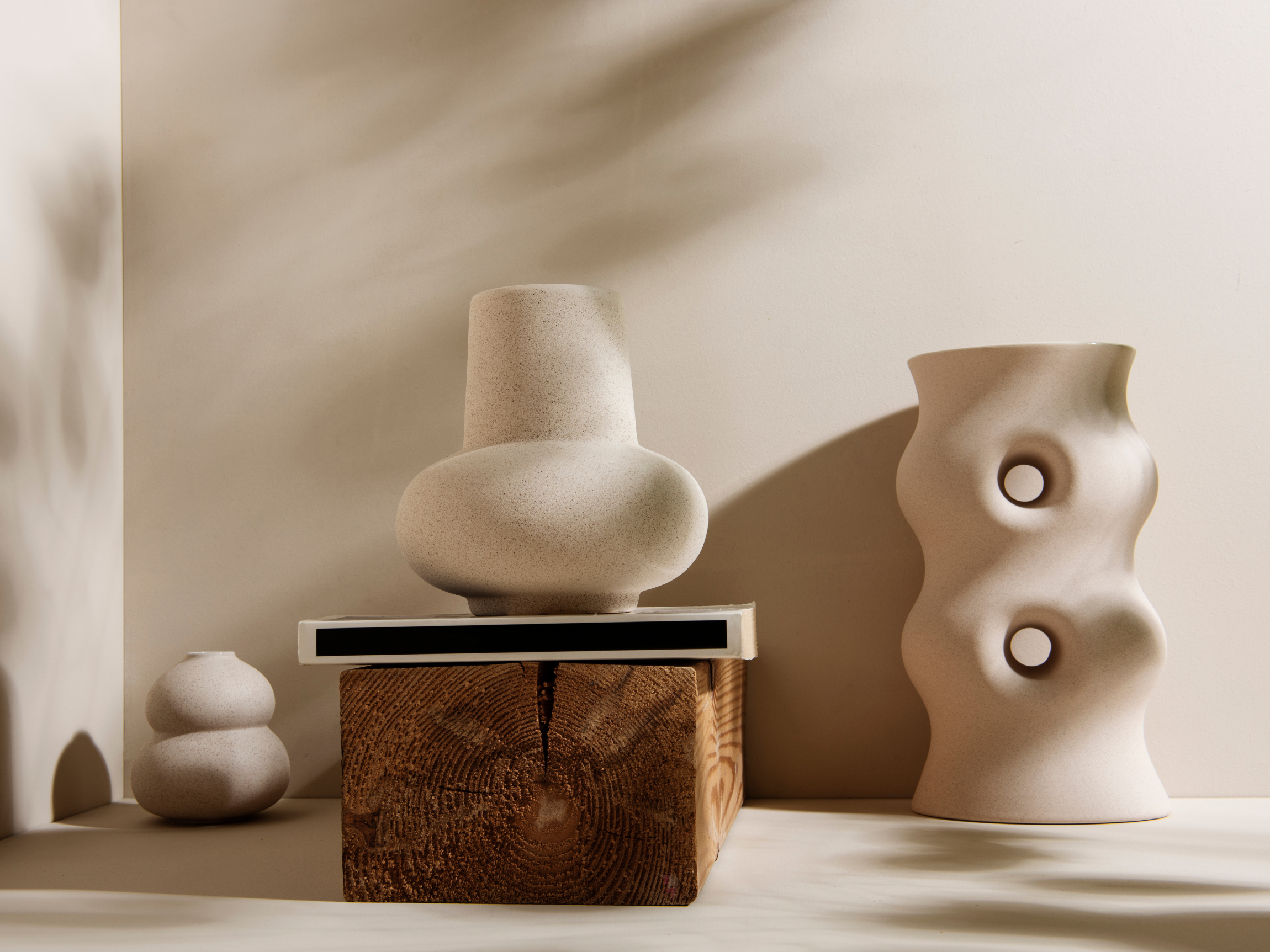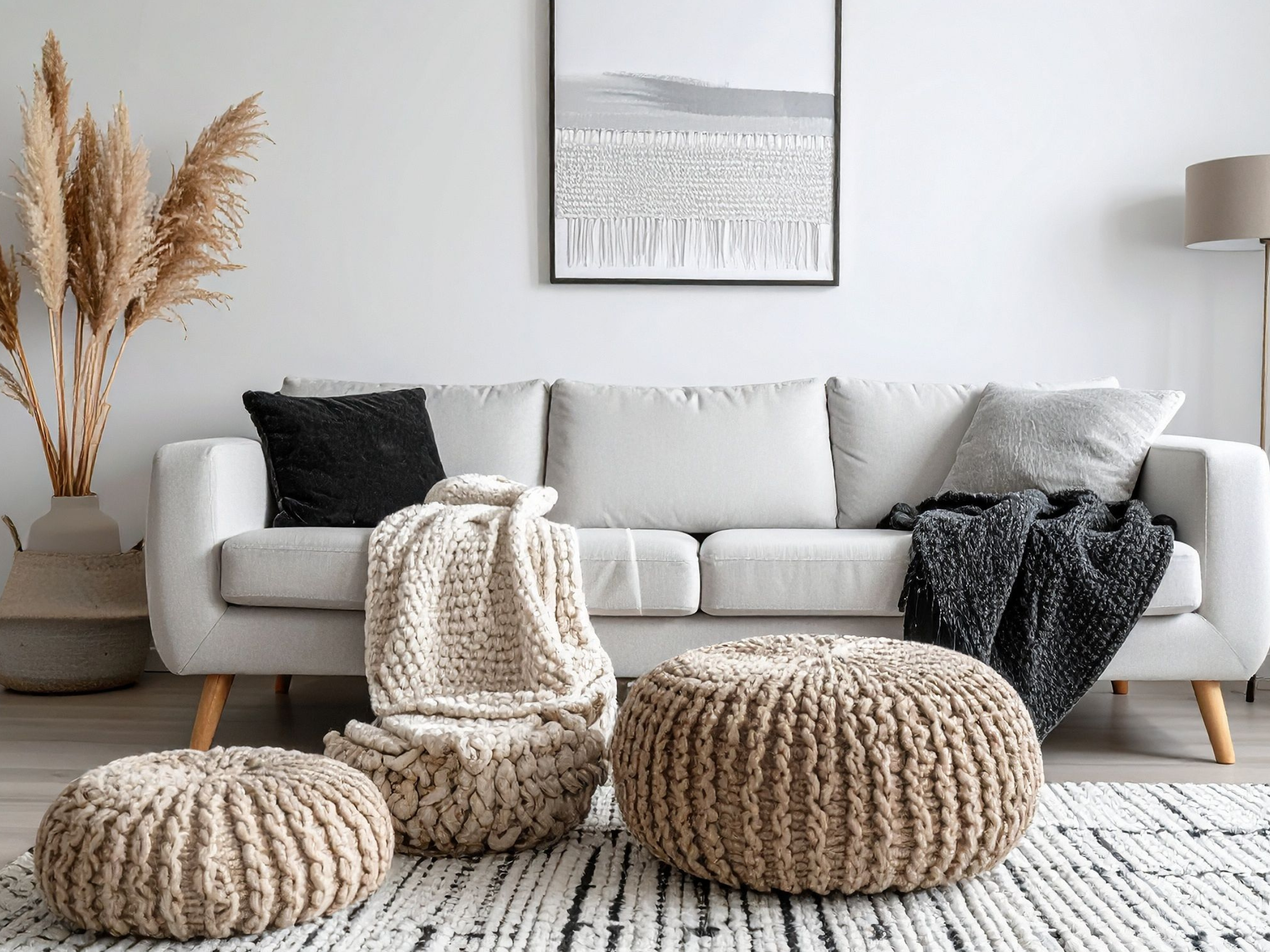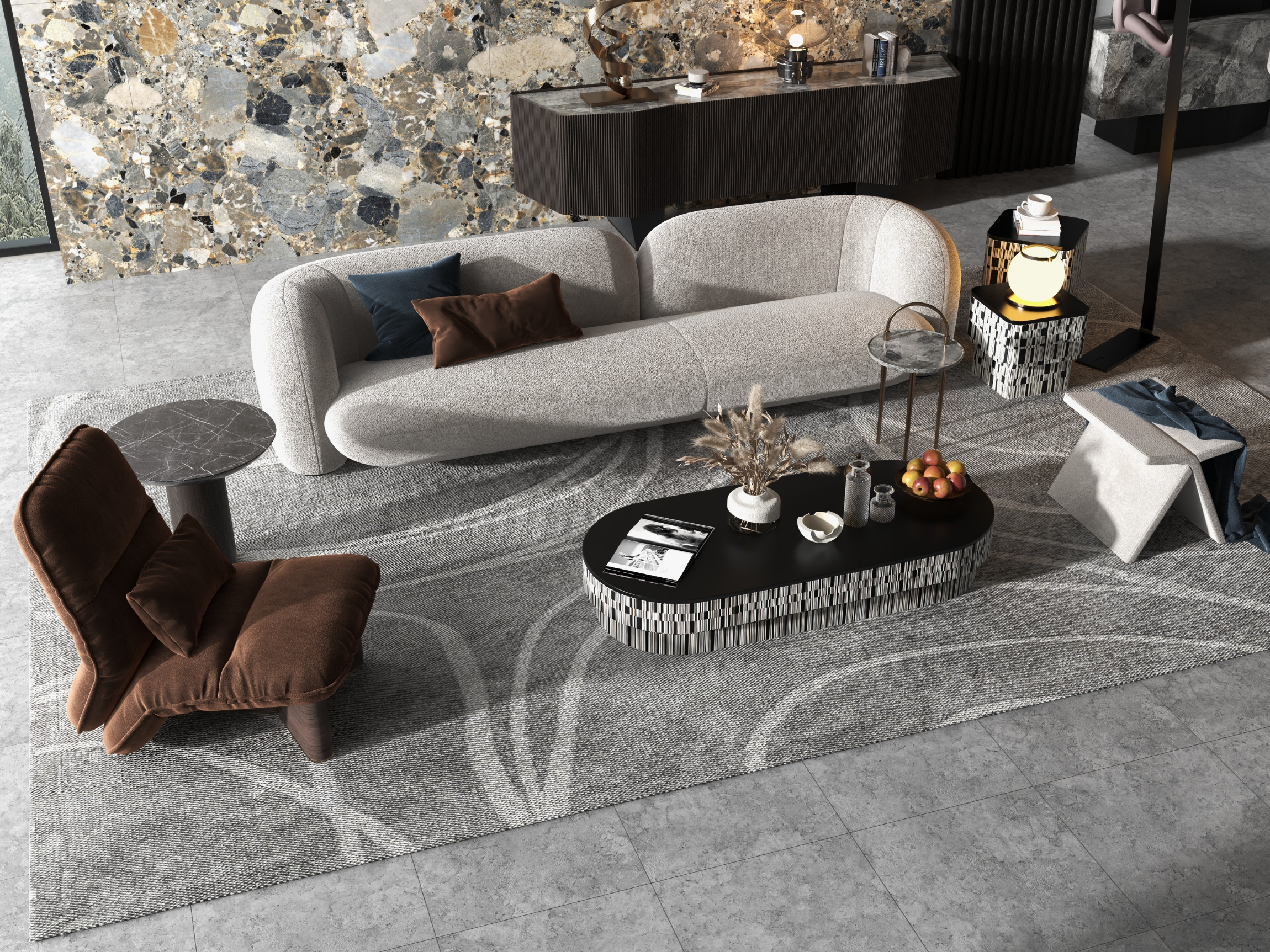
A Guide to Choosing the Perfect Rug for Every Room in Your Home
A rug is more than a floor covering — it’s the foundation that sets the tone of a room. The right rug can add warmth, define spaces, and bring together furniture in harmony. Choosing one, however, can feel overwhelming with the variety of styles, sizes, and textures available. This guide will help you select the perfect rug for every room in your home, blending practicality with style.
Living Room Rugs
In the living room, rugs act as a unifying element, pulling together sofas, chairs, and tables into a cohesive space. Choose a rug that extends beneath the front legs of your seating to create visual balance. Larger rooms benefit from oversized rugs that anchor the entire seating area, while smaller spaces can use mid-sized rugs to define a cozy zone without overwhelming the room.
For elegance, opt for low-pile rugs with subtle patterns or neutral colors. For comfort, shag or high-pile rugs create a plush underfoot feel, ideal for relaxed lounging. If your living room is a busy gathering place, durability matters — consider wool or a synthetic blend for resilience against foot traffic.
Dining Room Rugs
A dining room rug should balance practicality with design. The rug must be large enough for chairs to slide back comfortably without catching the edge, typically extending at least 24 inches beyond the table. Round rugs work beautifully with circular dining tables, while rectangular rugs suit longer ones.
Because dining areas are prone to spills, opt for rugs that are easy to clean. Flatweave and low-pile rugs are ideal, offering both durability and low maintenance. Patterns can also be practical, disguising minor stains or wear over time while adding visual interest.
Bedroom Rugs
The bedroom is a retreat, and rugs here should focus on creating softness and tranquility. Placing a large rug under the bed that extends beyond the sides and foot creates an inviting, cohesive look. For smaller rooms, runners along the sides of the bed or a rug placed at the foot can achieve the same effect with less bulk.
Choose rugs with a plush texture — wool, cotton blends, or shag styles — to create a sense of luxury and comfort as you step out of bed. Neutral colors or muted patterns keep the space restful, while subtle geometrics or florals add personality without disrupting calmness.
Kitchen Rugs
Though often overlooked, rugs can make kitchens both stylish and functional. A runner placed in front of the sink or stove provides cushioning underfoot during cooking, while also adding warmth to a utilitarian space. Flatweave and washable rugs are the best choices, as they resist stains and are easy to clean.
Bold colors or patterns can liven up a kitchen, especially when paired with neutral cabinetry. Moroccan-inspired runners or striped designs add energy, while muted tones create a more understated effect.
Hallway and Entryway Rugs
Hallways and entryways are high-traffic areas that benefit from durable rugs that protect flooring while creating a welcoming first impression. Long runners are ideal for hallways, guiding the eye and elongating the space. In entryways, a well-placed rug sets the tone for the home.
Durability is key — jute, wool blends, or synthetic materials stand up to wear and tear. Darker colors or patterned designs help conceal dirt, while lighter hues can brighten narrow spaces. Non-slip backings or pads are also essential in these areas for safety.
Home Office Rugs
In home offices, rugs can create definition and soften the atmosphere of a functional workspace. Place a rug under the desk and chair to reduce noise and add comfort. Low-pile rugs work best here, as they allow office chairs to glide smoothly while still providing texture and warmth.
Choose colors and patterns that inspire productivity and calm — soft neutrals, blues, and subtle geometrics are excellent options. A well-chosen rug can make a home office feel both professional and inviting.
How to Choose the Right Size
Regardless of the room, size is one of the most important factors in rug selection. Too small, and the rug looks disconnected from the furniture; too large, and it may overwhelm the space. A general rule is to ensure at least the front legs of your major furniture pieces rest on the rug, creating a sense of unity.
Measure your space before shopping and consider the shape as well — rectangular rugs suit most rooms, round rugs add softness to square spaces, and runners are perfect for elongated areas.
Materials and Maintenance
Material plays a huge role in how your rug feels and performs. Wool is durable and naturally stain-resistant, making it great for high-traffic spaces. Cotton rugs are lightweight and easy to clean, perfect for casual areas. Jute and sisal add natural texture but are less forgiving with spills. Synthetic blends provide durability and often come at more affordable prices.
Maintenance should also guide your decision. Consider whether you prefer vacuum-friendly low piles, washable rugs, or heavier weaves that require professional cleaning.
Bringing It All Together
The perfect rug isn’t just about color or pattern — it’s about how it interacts with your furniture, flooring, and lifestyle. By considering the function of each room, the atmosphere you want to create, and the practicalities of cleaning and durability, you can choose rugs that elevate your home while providing comfort and style.
With thoughtful choices, rugs can transform your rooms from the ground up — literally.
